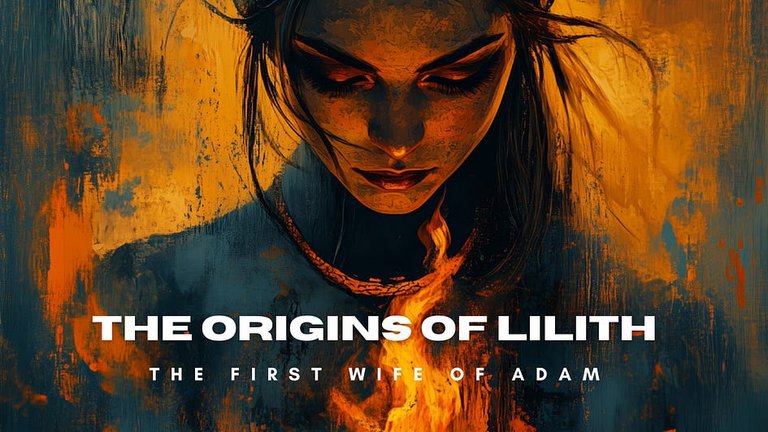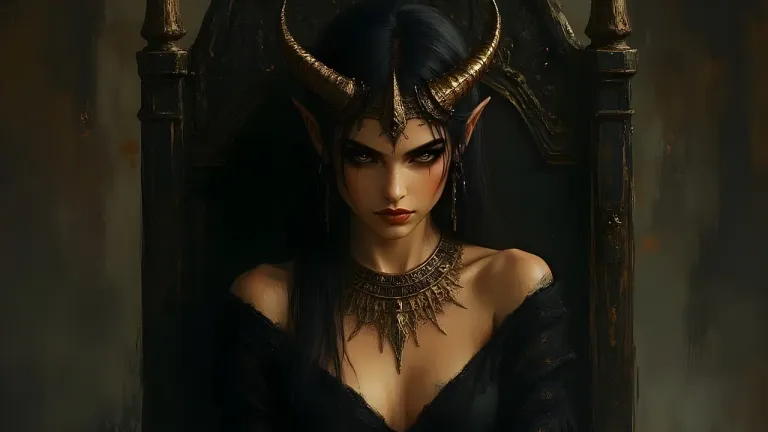The Origin Of Lilith

Lilith is a captivating and mysterious figure who has made her mark on various Jewish and Mesopotamian mythology forms. Her name derives from the Akkadian term “lilītu,” meaning “female night-demon” or “female wind-spirit,” which is connected to the Hebrew word “lilit” that appears in Isaiah 34:14 as a reference to a nocturnal animal, perhaps an owl or a screech owl. Lilith is believed to have originated from the Sumerian word “Lil,” meaning “air” or “wind,” and was also the name of a Sumerian goddess of the south wind. In ancient Mesopotamian texts, Lilith appears as a spirit or demon associated with storms, winds, diseases, and death. She is often mentioned alongside other female demons, such as Lamashtu, Ardat-lili, and Irdu-lili, who share some of her characteristics and functions.
Lilith is also linked to the figure of Inanna, the Sumerian goddess of love, war, and fertility, who had a sacred tree in her garden inhabited by a snake, a bird, and a female spirit called Ki-sikil-lil-la-ke. In Jewish mythology, Lilith’s most famous and impactful story is in the Alphabet of Sirach, a medieval Jewish text containing satirical stories and sayings. According to this text, Lilith was the first woman created by God from the same clay as Adam. However, she refused to lie beneath Adam during sexual intercourse, claiming that they were equal. She then uttered the ineffable name of God and flew away from the Garden of Eden. Adam complained to God, who sent three angels to bring Lilith back. The angels found her in the Red Sea, where she had given birth to countless demon children.
They threatened to drown her unless she returned to Adam, but she refused, saying that she was created to harm newborn infants. The angels cursed her that one hundred of her children would die every day and that she would always have an unquenchable desire for men’s semen but would never bear children from it. Lilith agreed to spare Adam’s children if they wore an amulet with the names of the three angels on it. Lilith is also prominent in other Jewish sources, such as the Talmud, the Zohar, and the Kabbalah. She is often identified as the consort of Samael, the angel of death and evil, and the mother of demons. She is also associated with witchcraft, magic, and astrology.
She is sometimes considered one of the four queens of hell, along with Agrat bat Mahlat, Naamah, and Eisheth Zenunim. In conclusion, Lilith is a complex and intriguing figure who has captured the imagination of countless generations. She embodies both the dark and light aspects of femininity and the challenges and opportunities of human existence. She is a symbol of mystery, power, and transformation.
Posted by Waivio guest: @waivio_cosmicsecrets
